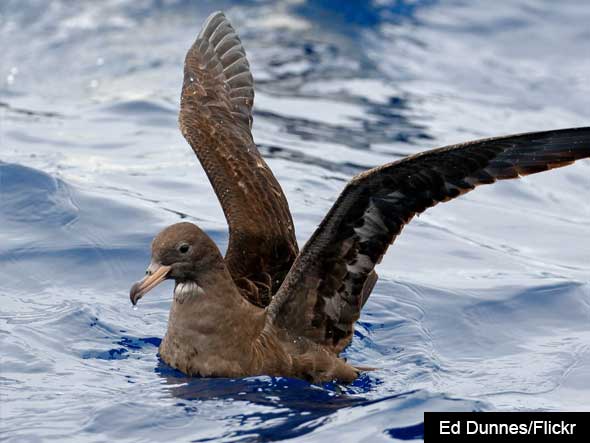(Natural History Museum 3/3/2023)
Plastic is everywhere, and has become so common that it is impacting the health of animals and people.
New research now shows that seabirds are suffering from a plastic-induced illness named ‘plasticosis’.
A new disease has been described in seabirds, but it might just be the tip of the iceberg.
Rather than being caused by viruses or bacteria, ‘plasticosis’ is caused by small pieces of plastic which inflame the digestive tract. Over time, persistent inflammation causes tissues to become scarred and deformed, with knock-on effects on growth, digestion and survival.
Dr Alex Bond, who co-authored the study and is Principal Curator and Curator in Charge of Birds at the Museum, says, ‘While these birds can look healthy on the outside, they’re not doing well on the inside.’
‘This study is the first time that stomach tissue has been investigated in this way and shows that plastic consumption can cause serious damage to these birds’ digestive system.’
While plasticosis is only known from one species so far, the scale of plastic pollution means that it may be much more widespread. It could even be having impacts on human health.
The findings of the research were published in the Journal of Hazardous Materials.
What is plasticosis?
Plasticosis is a type of fibrotic disease. These conditions are caused by excessive amounts of scarring when an area of the body is repeatedly inflamed and prevents the wound from healing normally.
Generally, temporary scar tissue forms after an injury and helps to strengthen the repair. But when inflammation happens again and again, excessive amounts of scar tissue can form which reduces the flexibility of the tissues and causes their structure to change.
In the case of plasticosis, the irritation is caused by shards of plastic digging into the stomach tissue. The scientists discovered it as part of their research on Lord Howe Island, where they have been researching seabirds for the past decade.
Despite the island sitting 600 kilometres off the coast of Australia, the team have previously found that the flesh-footed shearwaters which live there are the most plastic contaminated birds in the world, as they consume pieces of plastic at sea after mistaking it for food.
Whilst studying the shearwaters, the researchers found that scarring of the proventriculus, which is the first chamber of the bird’s stomach, was widespread and was causing similar wounds in the birds. Its consistency led to the team describing plasticosis as a specific disease.
This story, by James Ashworth, continues on the Natural History Museum website.

